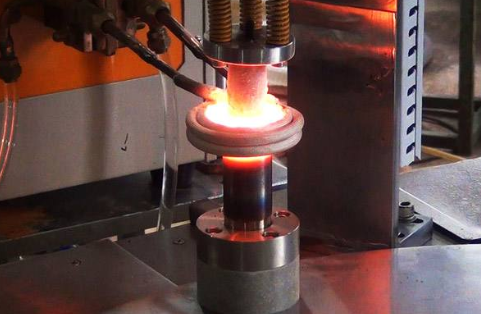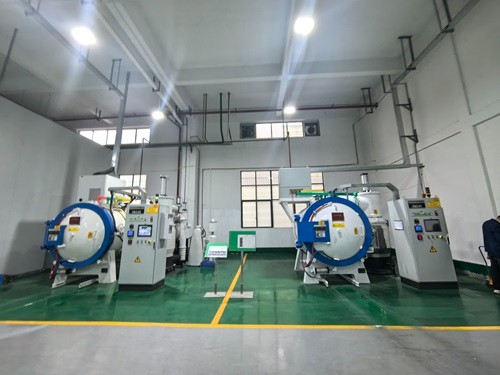In the manufacture of heat sinks and water cold plate, the brazing process directly determines the performance and reliability of the product. In recent years, vacuum brazing technology has gradually become the first choice for high-end manufacturing due to its unique advantages. In this article, we will analyze the basic principles of brazing and compare the core differences between vacuum brazing and ordinary brazing to help you understand why this technology can provide better solutions for heat dissipation equipment.
What Is Brazing?
Brazing is a process of joining metal workpieces by melting a filler metal (brazing material). The melting point of the brazing material is lower than that of the base material, and during the heating process, the liquid brazing material flows into the joint gap by capillary action, forming a strong connection after cooling. Unlike traditional welding (fusion welding), brazing does not melt the base material, so it can reduce deformation and thermal damage, and is suitable for precision parts such as heat sinks, water cold plate manufacturing.

What Is Vacuum Brazing?
Vacuum Brazing is a special form of brazing, in which the whole process is carried out in a vacuum environment (usually with a vacuum higher than 10-³ Pa). Its core advantage lies in the fact that no chemical flux is required, and the removal of oxide film and anti-pollution is realized through vacuum conditions, which is especially suitable for high-purity and high-precision metal connections.
The Five Core Differences Between Vacuum Brazing and Ordinary Brazing
1. Environment and oxide film treatment
Rely on chemical flux or reducing gas (such as hydrogen) to remove the oxide film on the metal surface. However, residual flux may corrode the joint and require additional cleaning.
The partial pressure of oxygen is lowered by a vacuum environment, which causes oxides to decompose or evaporate (e.g. Al₂O₃ decomposes at 10-²⁷ Pa), while alloying elements in the base metal may reduce the oxide film at high temperatures. The whole process is free of chemical residue and the joints are cleaner.
2. Material compatibility and application range
Limited by the chemical nature of the flux, it is difficult to deal with easily oxidized metals (such as titanium, aluminum) or non-metallic materials (such as ceramics, graphite).
Can weld stainless steel, titanium alloy, aluminum alloy, refractory metals, even ceramics and composite materials, especially suitable for manufacturing high-precision heat sink and water-cooled plate.
3. Joint quality and performance
Easy to oxidize or flux residue resulting in porosity, inclusions and defects, affecting the conductivity and corrosion resistance.
Vacuum environment avoids oxidization, the joints are dense and bright, the mechanical strength and high temperature resistance performance is better, especially suitable for long-term operation of heat dissipation equipment.
4. Process efficiency and cost
Manual flux application is required, and the number of workpieces handled at one time is limited, suitable for small batch production.
Vacuum brazing furnace can be used to handle multiple workpieces, realizing mass production, and can be synchronized with the heat treatment process to reduce the overall cost.
5. Environmental protection and sustainability
Chemical flux may release harmful gases and require additional waste disposal.
No pollutant emission, in line with the trend of green manufacturing.

Advantages of Vacuum Brazing in Heat Sink and Water Cold Plate Manufacturing
High cleanliness: no oxidization and impurity residue, ensuring smooth flow of heat dissipation media (e.g. water or coolant) and avoiding the risk of clogging.
High-strength connections: joints can withstand high temperature and pressure environments, making them suitable for demanding scenarios such as servers and electric vehicles.
Complex structure adaptability: Vacuum brazing supports multi-layer flow paths and tiny gap design (as low as 0.1mm) to enhance heat dissipation efficiency.
How to Choose A Suitable Brazing Process?
General brazing: Suitable for small parts with low cost and low complexity.
Vacuum brazing: Recommended for high-precision, long-life heat dissipation equipment, especially products involving dissimilar materials or severe working conditions.
Vacuum brazing is reshaping manufacturing standards for heat sinks and water cold plates with its cleanliness, high strength, and broad compatibility. With the popularity of intelligent automated production lines, Lori vacuum brazed heat sinks and water cold plates will promote more industries to move in the direction of efficiency and environmental protection.







